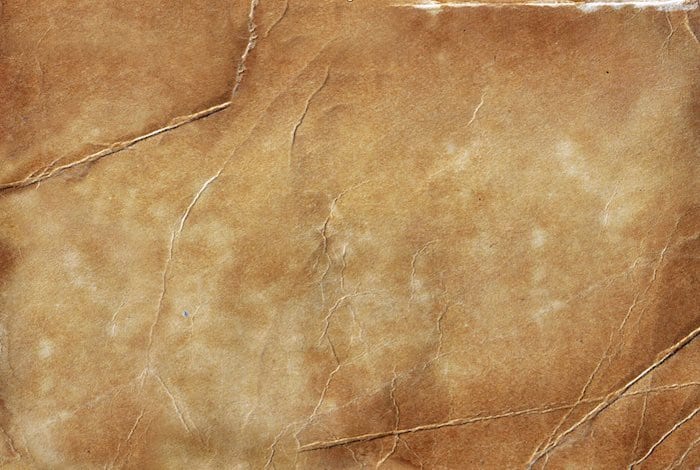Jean-Baptiste Hippolyte Dance
Biography
- Born 21 February 1797 Saint-Pal-de Chalencon, France
- Died of cholera on 18 April 1832 inParis
Medical Eponyms
Dance Sign (1826) sausage-like mass in the right upper quadrant with absence of bowel (or emptiness) in the right lower quadrant. The sign combines a visible depression/emptiness within the right iliac fossa and enlargement/fullness on the left side of the abdomen
The sign is most commonly observed in infants associated with intussusception of the bowel and occurring in up to 85% of cases.
The cecum and the colon had been so displaced that they had come to lodge in the sigmoid curve of the colon. In these three cases, the form of the abdomen presented something peculiar. The absence of the ascending cecum and ascending colon towards the right side of the abdomen caused a certain depression in this side, while on the left there was a longitudinal enlargement, a tumor more or less voluminous produced by the mass of intussusception
Dance 1826: 212
Original French description (1826)
Key Medical Attributions
Controversies
Major Publications
- Dance JBH. Mémoire sur les invaginations morbides des intestins. In: Répertoire général d’anatomie et de physiologie pathologiques, et de clinique chirurgicale. Tome I. Paris: Chez Boiste; 1826: 195-214 [Dance sign]
- Dance JBH. Observations sur une espèce de tétanos intermittent. Archives générales de médecine, 1831, 26: 190–205 [Parathyroid]
- Dance JBH. De hac quaestione, confert-ne anevrysmati cordis activo antiphlogistica medicatio? Confert-ne passivo? Thesis quam, Deo favente, in saluberrimâ Facultate Medicâ Parisiensi, praesentibus competitionis judicibus, publicis competitorum disputationibus subjiciet, et explanare conabitur, die nonâ mensis januarii 1827
References
- Jean-Baptiste Hippolyte Dance. Le progrès médical. 1936: 16-21
- Sty JR, Babbitt DP, Boedecker RA. Radionuclide “Dance Sign.” Clin Nucl Med. 1980; 5(11): 502-3.
- D’Agostino J. Common abdominal emergencies in children. Emerg Med Clin North Am. 2002; 20(1): 139-53.

eponym
the person behind the name

